Arriving in Style
Plane and Pilot
FEBRUARY 28, 2025
And lets face it, the key to that flawless approach is often a well-planned descent. In the airline world, descent planning and execution receives a lot of attention. Like so much of aviation, there are several ways to skin this descent cat. Planning the Descent So, when is a good time to start planning the descent ?

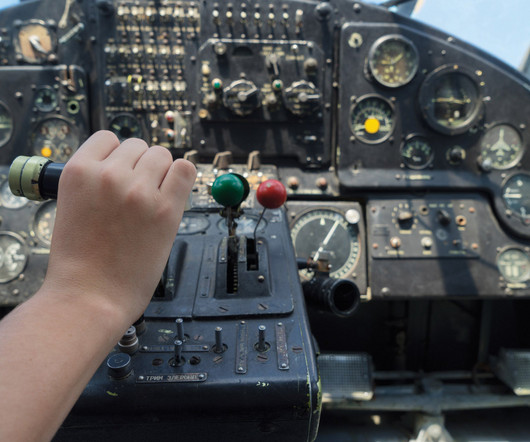

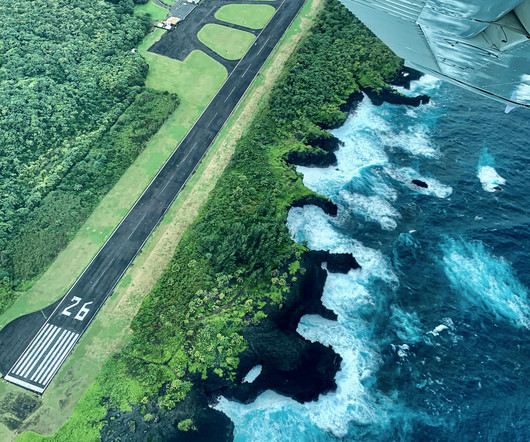

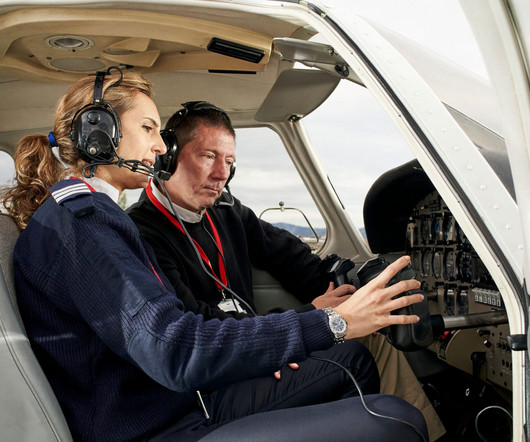



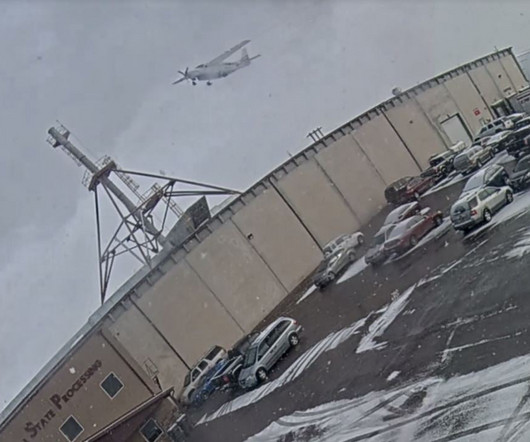

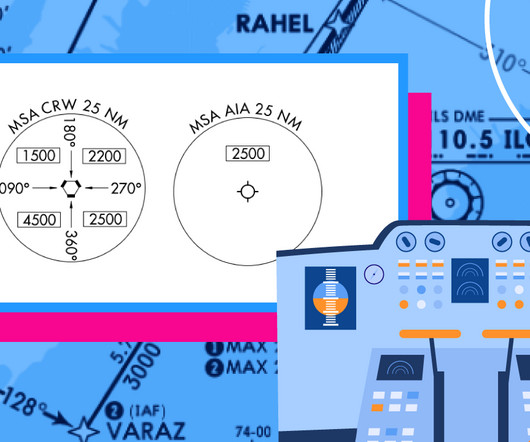
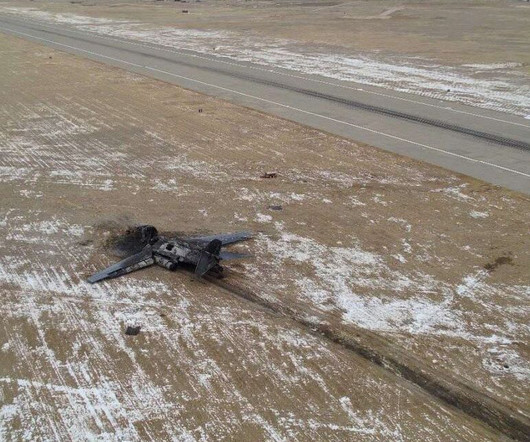

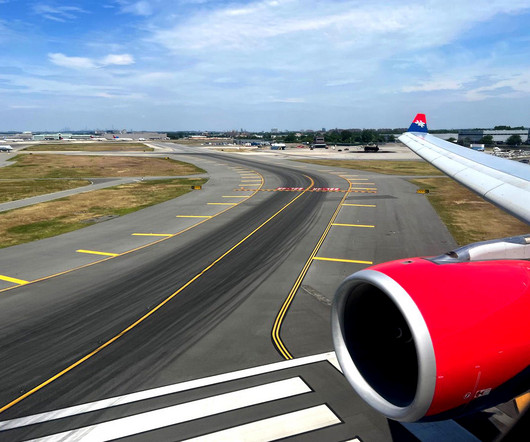







Let's personalize your content